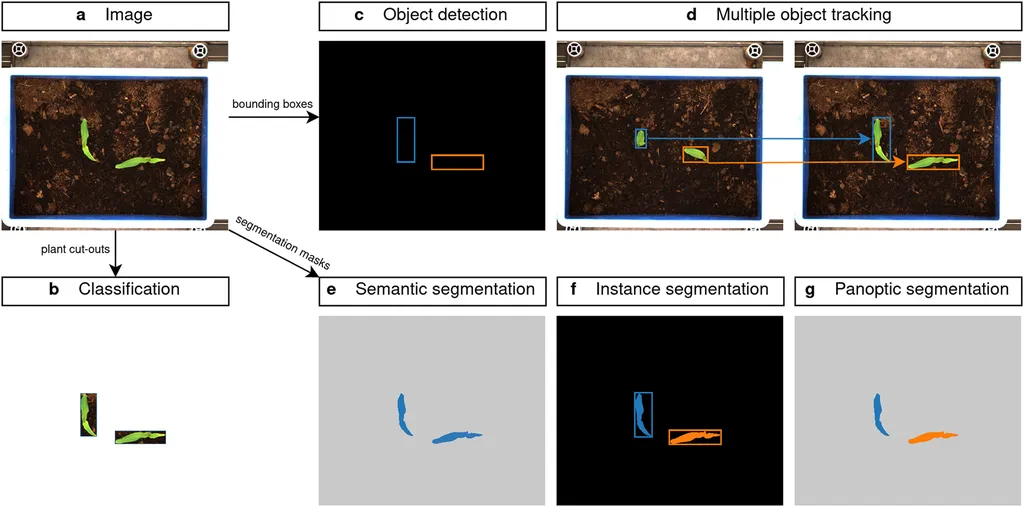In the quest for sustainable and efficient agriculture, weed control remains a persistent challenge, particularly in permanent crops like fruit orchards. Traditional methods are often labor-intensive and environmentally taxing, driving the need for innovative solutions. A newly published dataset, CampanetaWeed, aims to address this very issue by providing a comprehensive resource for developing advanced weed detection technologies.
The dataset, published in *Data in Brief*, was created by a team led by Andoni Salcedo-Navarro from the Computer Science Department at the Universitat de València. It comprises multispectral images captured using a DJI Mavic 3 Multispectral UAV over a commercial fruit orchard in Corbera, Valencia, Spain. The dataset includes three flights conducted in October 2023, December 2023, and April 2025, offering a unique multi-temporal perspective. Each flight captured pixel-aligned RGB and four narrow-band images (R, G, Red-Edge, NIR) at a high resolution of 0.65 cm/pixel (GSD). The images are meticulously annotated in YOLOv5 format for six weed species and one ground disturbance class, totaling over 10,000 images and 271,000 labeled objects.
“This dataset is a game-changer for the agriculture sector,” said Salcedo-Navarro. “It provides the necessary data to develop robust machine learning models that can adapt to different spectral conditions and generalize across seasons. This is crucial for advancing precision agriculture and making it more sustainable.”
The scarcity of publicly available datasets for weed detection in orchard settings has been a significant barrier to progress. CampanetaWeed fills this gap by offering a rich, multi-spectral, and multi-temporal resource. The dataset’s exhaustive annotations and high-resolution images enable researchers to develop models that can accurately identify and manage weeds throughout the year, reducing the need for chemical herbicides and manual labor.
The commercial impact of this research could be substantial. Precision agriculture is increasingly becoming a cornerstone of modern farming, driven by the need for efficiency and sustainability. By providing a reliable dataset for weed detection, CampanetaWeed can accelerate the development of automated weed management systems. These systems can help farmers reduce costs, improve crop yields, and minimize environmental impact.
“This dataset is not just about detecting weeds; it’s about creating a more sustainable future for agriculture,” added Salcedo-Navarro. “By enabling better weed management, we can reduce the reliance on harmful chemicals and promote more eco-friendly farming practices.”
The potential applications of CampanetaWeed extend beyond weed detection. The dataset’s multi-temporal and multi-spectral nature makes it valuable for various agricultural research areas, including crop health monitoring, pest detection, and soil analysis. As the agriculture sector continues to embrace technology, datasets like CampanetaWeed will play a pivotal role in shaping the future of precision agriculture.
In summary, the CampanetaWeed dataset represents a significant step forward in the field of precision agriculture. By providing a comprehensive resource for weed detection, it paves the way for more efficient, sustainable, and environmentally friendly farming practices. As researchers and farmers continue to leverage this dataset, the agriculture sector can look forward to a future where technology and sustainability go hand in hand.

